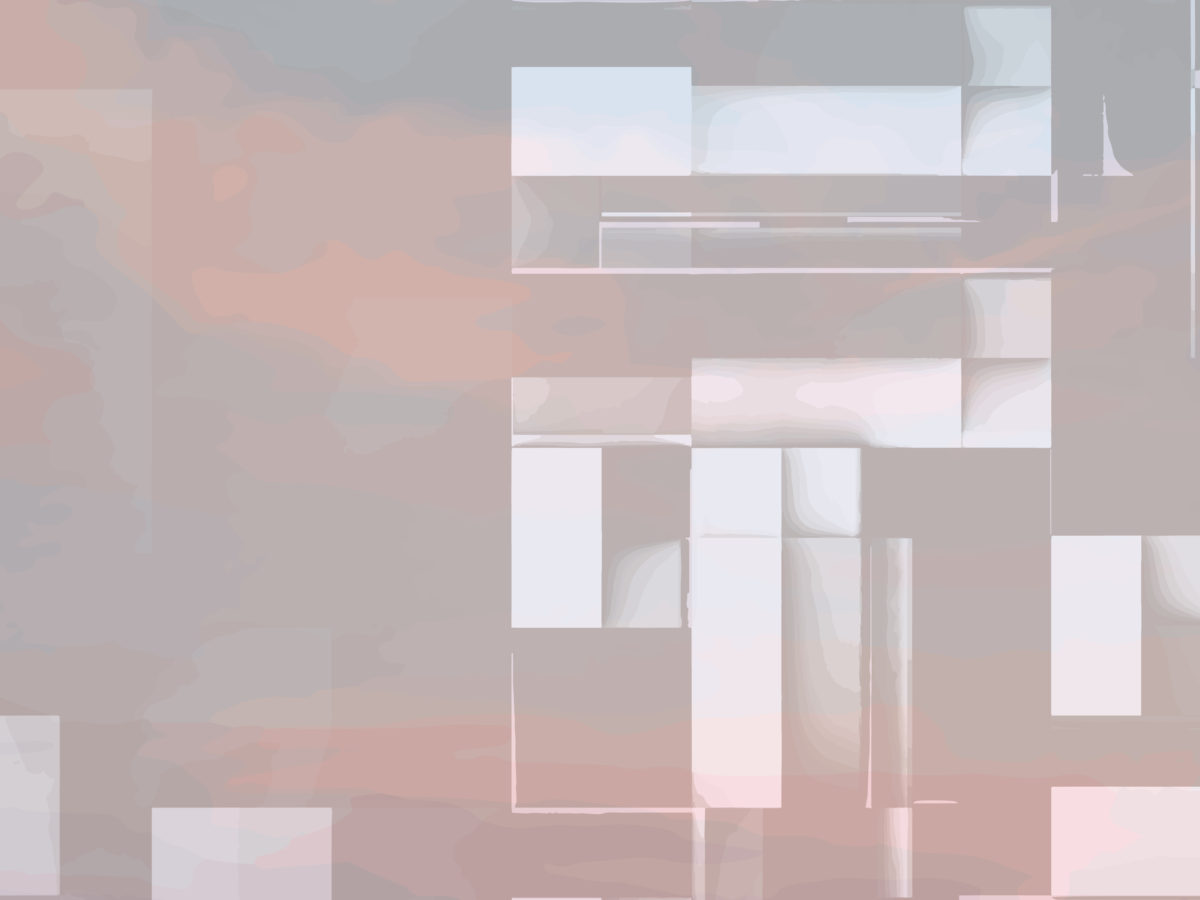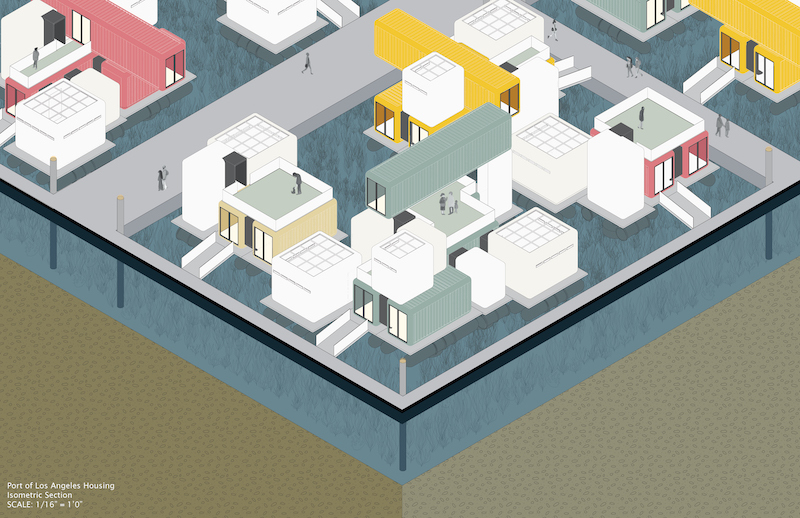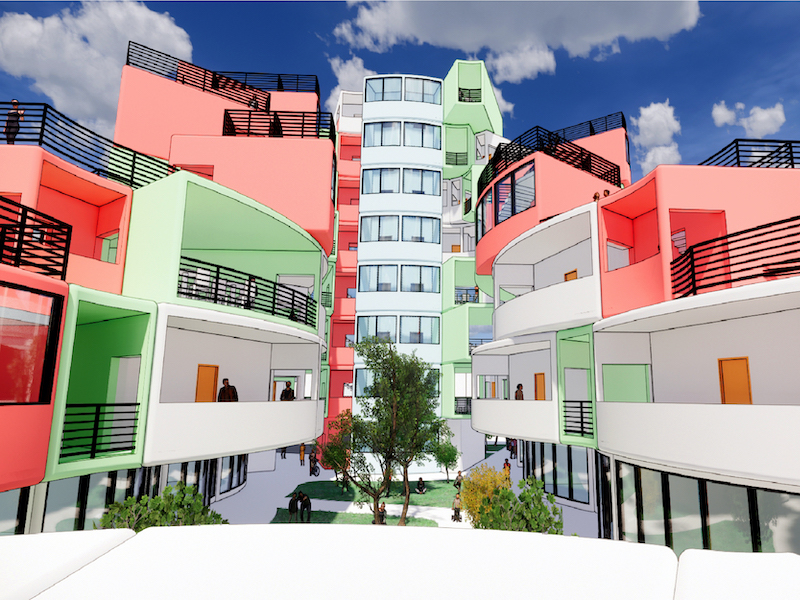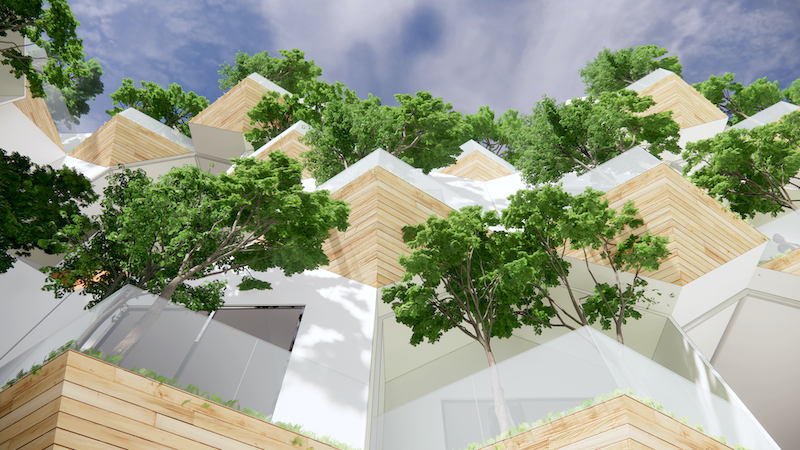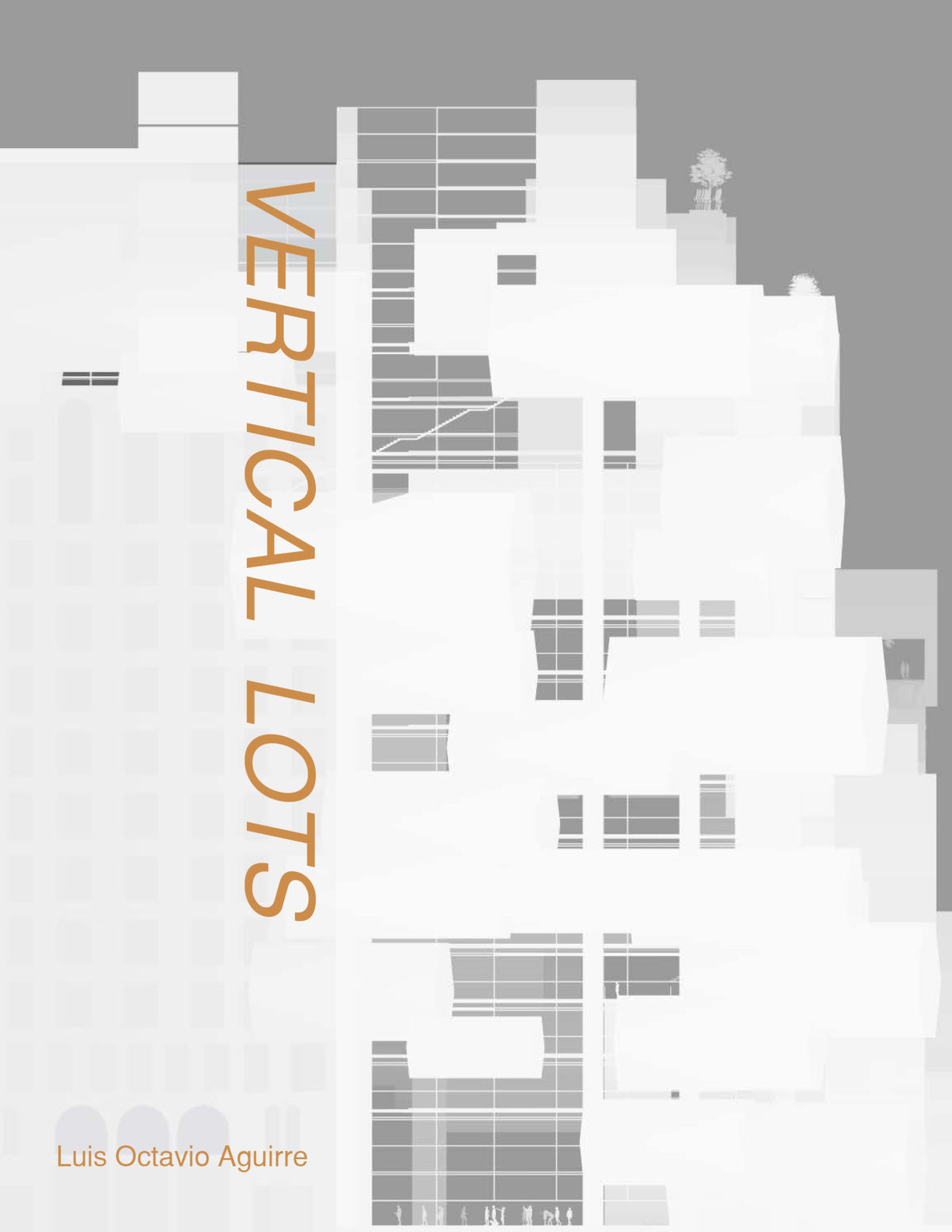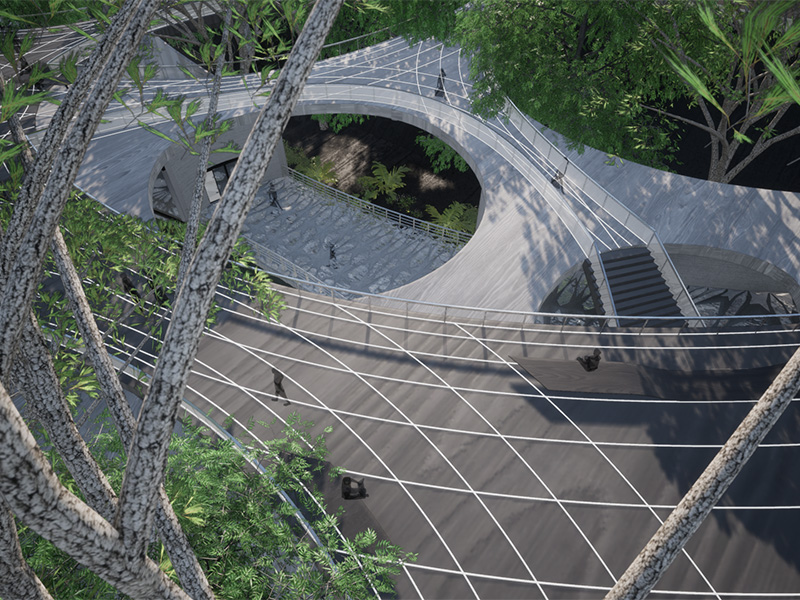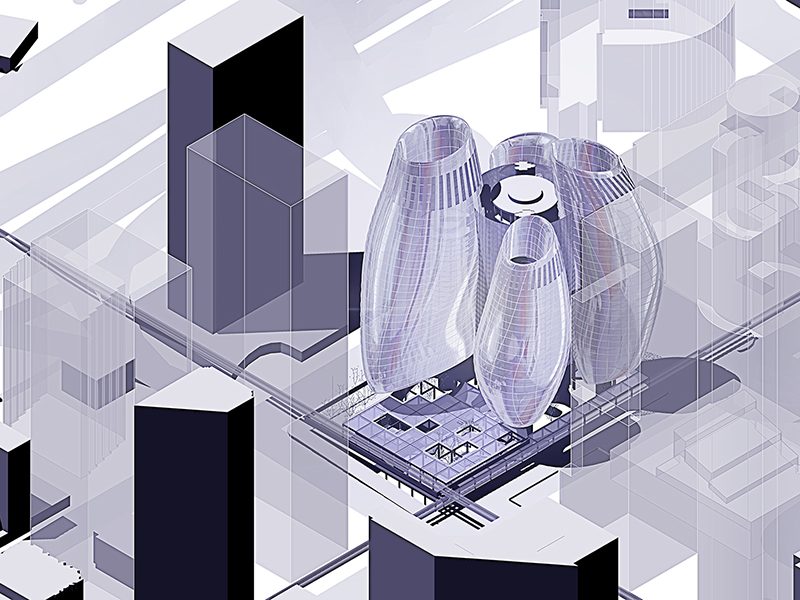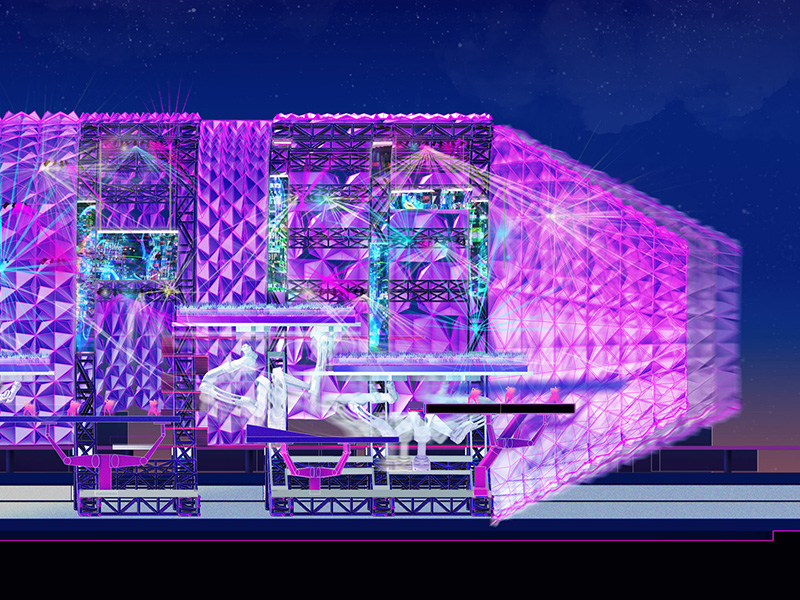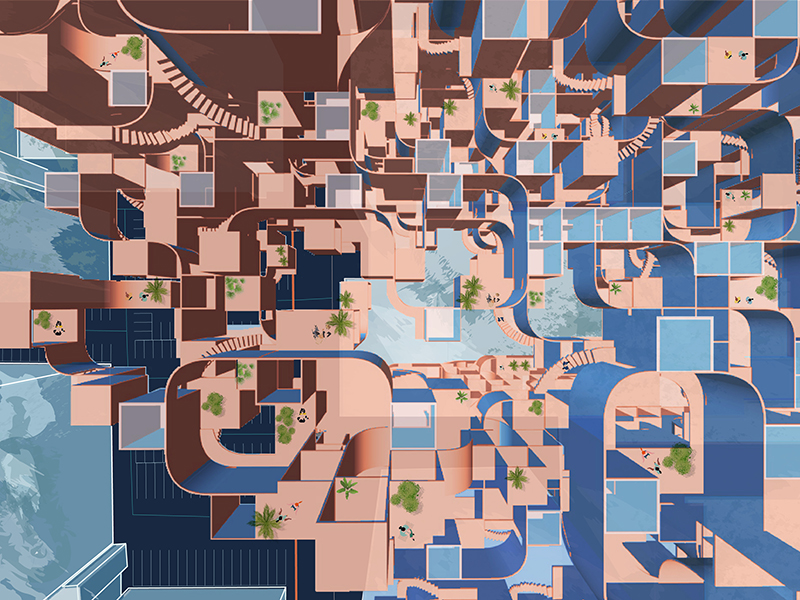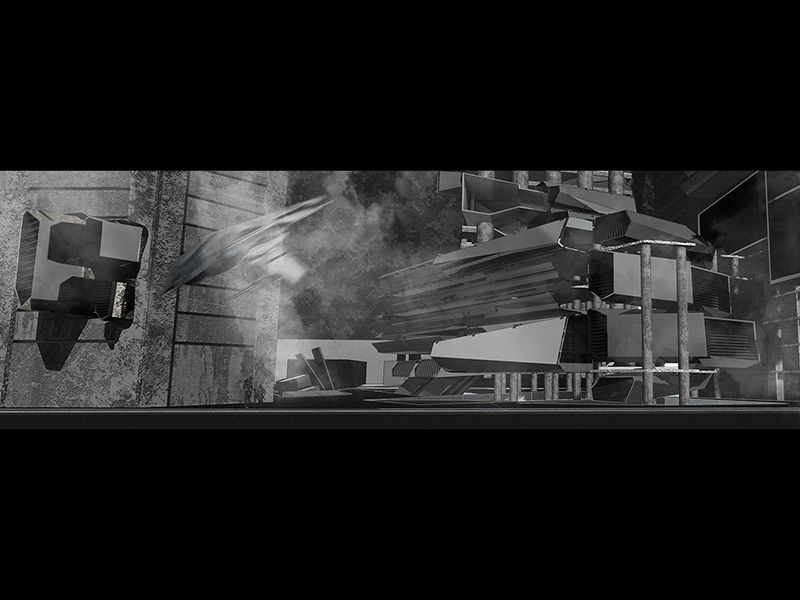Hillside Los Angeles is a critique on current building norms and laws that are limiting to the potential design solutions available in our modern world. While other industries, like the automotive and boating, progress in their technologies, development and architecture are hindered by outdated systems of construction and are limited to finding solutions to the least liable problems. One of these problems that need solving is the issue of building affordably on the hillside.
My thesis will argue against current building standards and attempt to expand development possibilities in Los Angeles that are currently being ignored.
Hillside Los Angeles is affordable housing concept that will revitalize the underutilized residential hillside through the use of FRPs and modular construction. Typical development practices are unable to accomplish effective mass housing on the hillside because the cost of construction and amount of liability is too high for these projects be economically feasible. In a world that is moving towards the self-automated vehicles and frequent public transit, a housing option on the hillside is an unconventional but innovative approach to a future of a dense and affordable Los Angeles.

